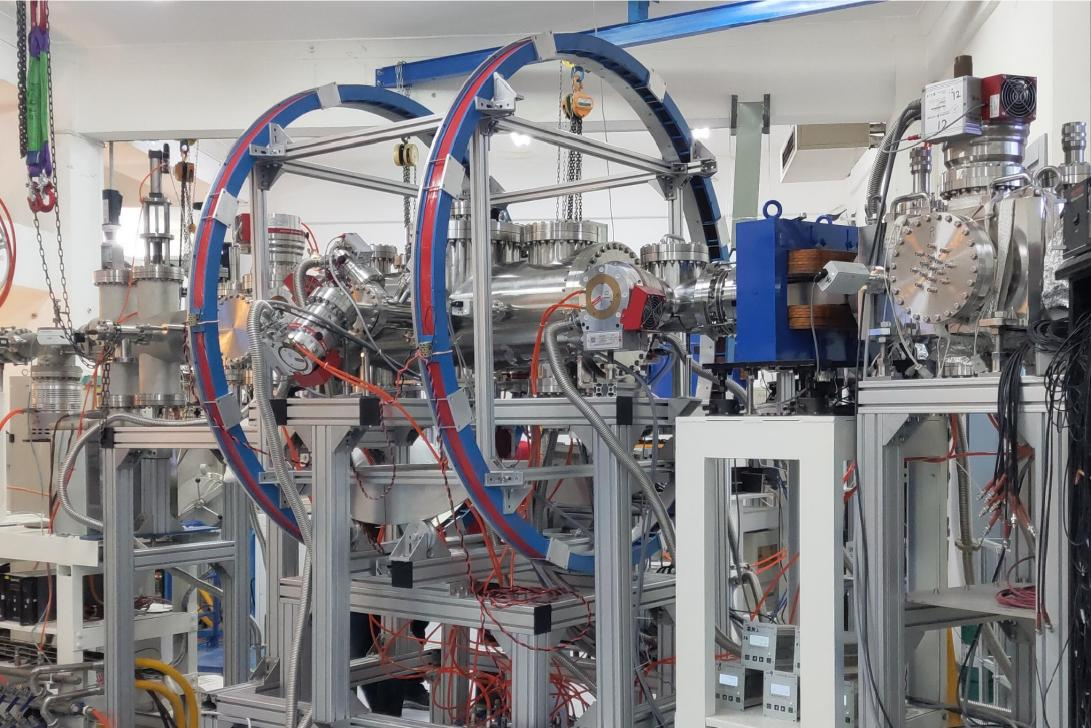
A new study has provided precise atomic data that sheds light on the impact of charged ions from Coronal Mass Ejections (CMEs). Published in The Astrophysical Journal Supplement Series on March 18, the study was led by researchers from the Institute of Modern Physics (IMP) of the Chinese Academy of Sciences (CAS).
CMEs, massive eruptions of charged particles, energy, and matter, are among the most extreme space weather events. These violent solar activities can induce geomagnetic storms, which, in turn, can wreak havoc on Earth's technological infrastructure.
"For decades, the lack of precise atomic data has posed challenges in understanding the impact of charged ions from CMEs on space weather within the Sun-Earth system," said ZHU Xubin, first author of the study and a Ph.D. student at IMP.
To address this issue, the researchers conducted an experiment on the 320 kV platform for multi-disciplinary research with highly charged ions in Lanzhou, China. They utilized a high-resolution reaction microscope spectrometer.
Through precise measurements of the quantum state distribution during collisions between nitrogen ions and helium atoms, the researchers achieved the first-ever determination of Extreme Ultraviolet (EUV) emission spectral characteristics in CMEs, including line intensity ratios and energy variation patterns.
"Compared to traditional methods, our novel approach significantly enhances the precision of EUV spectral data, providing robust support for studying solar eruption mechanisms," said Prof. ZHANG Ruitian from IMP, corresponding author of the study.
The methodology and precise datasets presented in this study also hold broad applications across diverse fields, such as nuclear explosion monitoring, the evolution of astrophysical jet shockwaves, and diagnostics and modeling of extreme plasma states in fusion reactions.
This work was carried out in collaboration with researchers from SRON Netherlands Institute for Space Research and Technion-Israel Institute of Technology.
The study received support from the CAS Strategic Priority Research Program, the National Key Research and Development Program of China, the National Natural Science Foundation of China, and the Israel Fusion Energy Foundation.

The reaction microscope spectrometer at IMP. (Image from IMP)

86-10-68597521 (day)
86-10-68597289 (night)

52 Sanlihe Rd., Xicheng District,
Beijing, China (100864)

